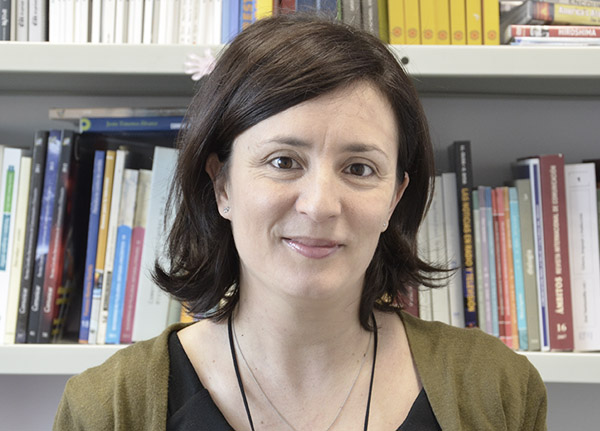“It won’t hurt you. It’s natural” – The treatment of alternative therapies in Spanish women’s magazines
Referencia
Roger-Monzó, V.; Cabrera García-Ochoa, Y.; Martí-Sánchez, M. y Mendoza-Poudereux, I. (2018). » ‘It won’t hurt you. It’s natural’ – The treatment of alternative therapies in Spanish women’s magazines». Comunicación presentada en el 15th International Conference on Public Communication of Science and Technology (PCST 2018). Dunedin (Nueva Zelanda), 4–6 Abril.
Resumen
The model of idealising women frequently includes physical, attitudinal and behavioral factors. They can vary according to age and the personal moment where women find themselves. In order to reach that perfection, women’s magazines recommend that their target readership follow anything that sounds “natural”, obtaining in this way the cherished balance between body and soul and their total realization as women.
In 2011, the Spanish Ministry of Health published a report on natural therapies with the aim of classifying these techniques and compile the scientific evidence hitherto. The study included 139 types of practices with scarce scientific evidence beyond the placebo effect. Although most therapies are harmless, they are not absolutely exempt from risks.
This study aims to analyse and assess the treatment of alternative therapies that Spanish women’s monthly magazines offer. The research will analyse a content analysis of the ten most read magazines in Spain, according to Spain’s Estudio General de Medios (Media General Studies): 3,530,000 monthly readers between October 2016 to March 2017: Vogue, Elle, Cosmopolitan, Divinity, Glamour, Telva, AR, Woman, Clara and Marie Claire. The corpus includes the content of natural therapies between January 1, 2015, and December 31, 2016. The search, after 90% of the scrutiny, has resulted in 498 units.
The results of the research demonstrate the role of yoga as the most frequent alternative therapy appearing in women’s magazines, with 35% of results, followed by meditation (20%) and Pilates (11%). The use of CAM is mainly related to stress. Regarding the sources of information, the scarce use of documentary sources to elaborate contents on the CAM is verified and the use of unauthorized personal sources or with conflict of interests (celebrities and CAM experts) is verified to support this type of content.






